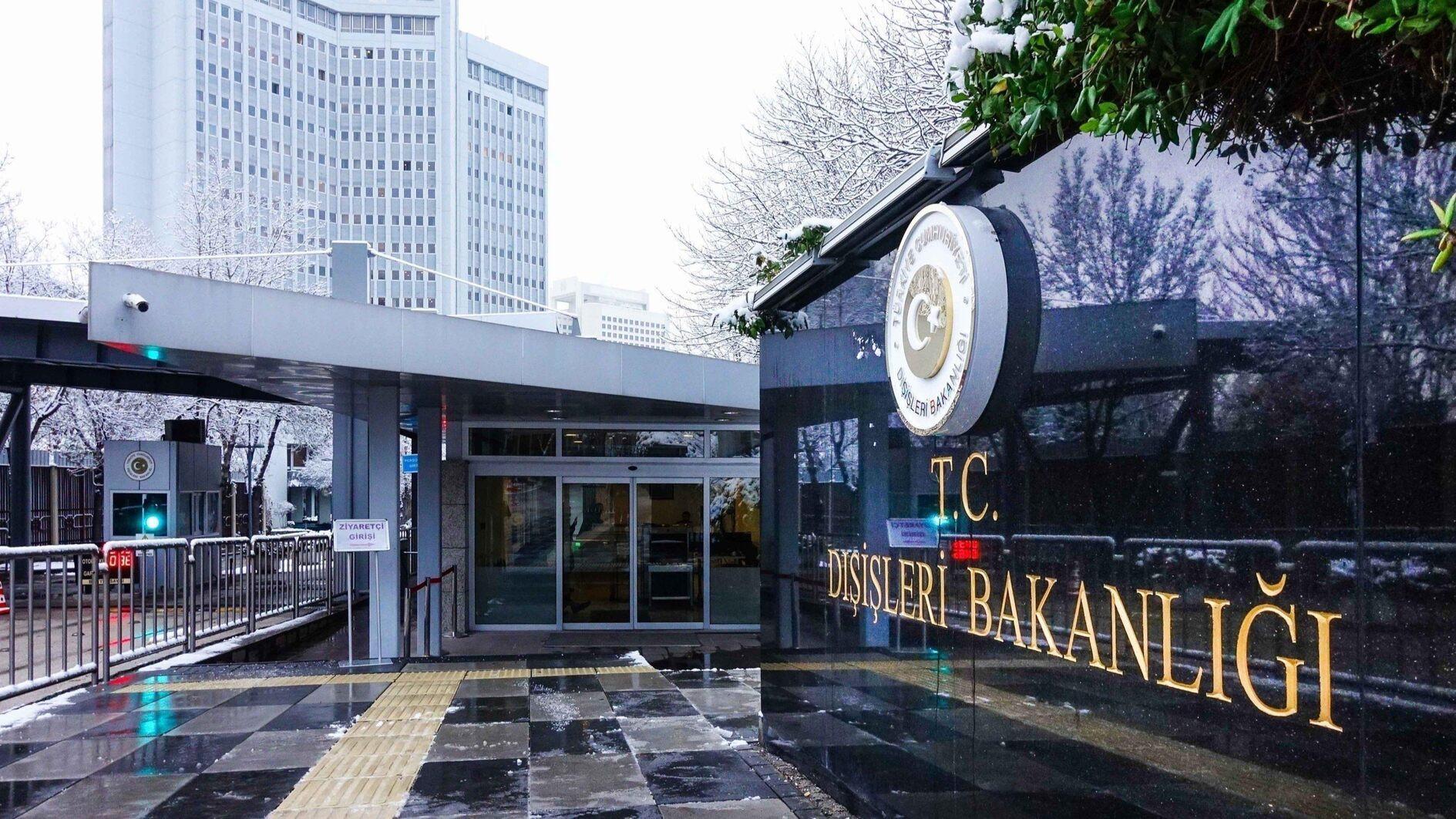Building firms take baby steps in green buildings
ISTANBUL - Hürriyet Daily News

A LEED certificated office complex in Istanbul is seen above. The term ‘green building’ refers to a structure and usage process that is environmentally responsible and resource-efficient throughout a building’s life cycle starting from the construction. Company photos
There are only 40 certified “green buildings” in Turkey and the country should focus more on this concept when renovating old buildings, according to the head of the Turkish Green Building Council.Such buildings use between 24 percent and 50 percent less energy, cut CO2 emissions by 33 percent to 39 percent and reduce water use by 40 percent and waste by up to 70 percent, Haluk Sur told the Hürriyet Daily News on the eve of World Green Buildings week, which started yesterday.
Another 150 buildings are candidates for certification, Sur said, adding that the Building Research Establishment Environmental Assessment Method (BREEAM) of the U.K. and the Leadership in Energy and Environmental Design (LEED) of the U.S. were popular in Turkey.
“A sum of 190 buildings might seem very low, but the sector is growing fast if the acceleration in the number of certified green buildings is considered,” he said.
There are both local and foreign companies that favor constructing green buildings, he added.
Green housing market hit $50 billion in 2010
The global green housing market, which stood at $3 billion in 2005, according to McGraw-Hill figures, reached $50 billion in 2010, and the research company predicts a volume of $120 billion in 2015.
“Turkey is just at the starting point regarding green buildings,” Sur said. “But the environment is gaining importance in social responsibility projects, particularly in terms of recycling and waste.”
The organization has gained the support of the Urban Ministry and is in talks with the Energy Ministry for the foundation of a national green housing certification, according to Sur. Such a system will help certification revenues stay in the country, he said. These are the criteria for such a certification: Unified project management, plot use, water use, energy use, health and comfgfort, raw material and resource use, life in housing, management and maintenance.
The organization also looks to the Urban Ministry, state-run property developer TOKİ and related chambers and universities to contribute to the development of a national certification.
The Energy Efficiency Strategy Document published in the Official Gazette on Feb. 25, 2012, already requires sustainability criteria from buildings larger than 10,000 square meters. This week World Green Buildings Week is celebrated in 90 countries. The local organization is holding panel discussions within the scope of the week at Özyeğin University, which claims to have a green campus in Çekmeköy on the outskirts of Istanbul.
The Turkish Green Building Council will hold its second Green Buildings Summit on Feb. 18 and 19, 2013, in a bid to raise awareness about the issue.
FACTS AND FIGURES
Some 45 percent of the 19 million houses in Turkey are over 35 years old. About 10 million houses across the country are set to be renewed within the scope of the government’s urban transformation program, which entered into force earlier this month. Transforming all existing housing parks into green areas will create an economy of up to $1 trillion, Haluk Sur forecasts. This figure may go even higher due to the rise in population, urban transformation and the contribution of sub-sectors.
The country needs over 600,000 houses every year, reaching a total of 7.5 million by 2023. If only 2 or 3 percent of these houses went green, this would save water and energy worth $470 million, Sur projects. Despite the fact that environmentally-friendly buildings are more expensive to construct, the savings they make in energy would soon compensate this, he said.
















